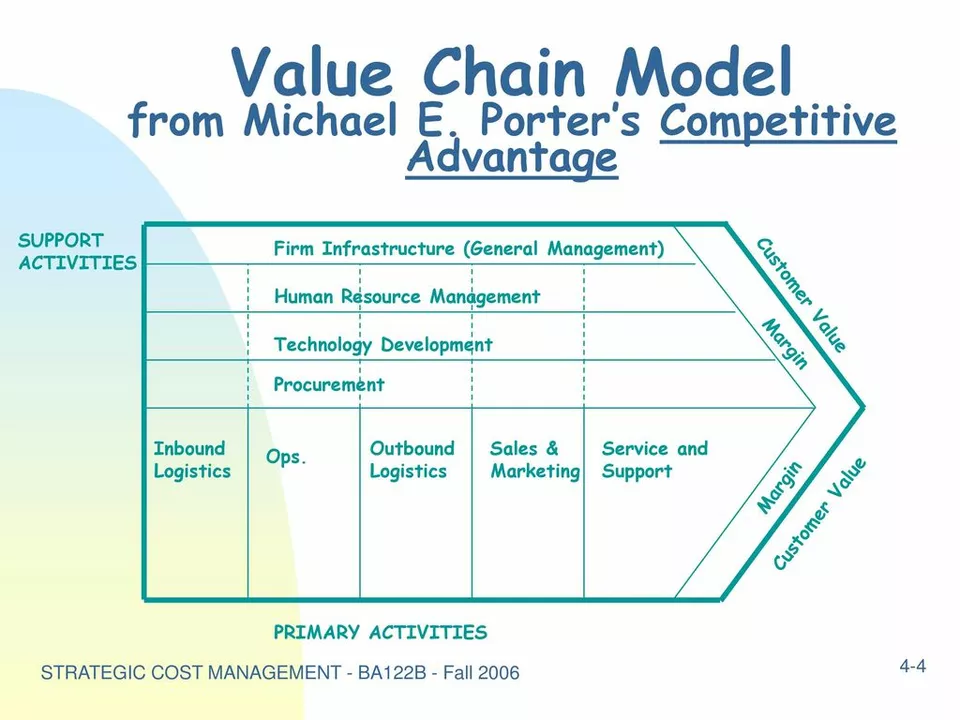Betaxolol: what it does, who should use it, and how to stay safe
Betaxolol is a beta‑blocker you’ll see in two main forms: eye drops for glaucoma and tablets for high blood pressure. The eye drops lower pressure inside the eye, which helps protect the optic nerve. The tablet version works on the heart to lower blood pressure and slow the heart rate. Both work by blocking beta‑1 receptors, but eye drops act mostly in the eye while tablets affect the whole body.
If your doctor prescribes betaxolol eye drops, they’re usually treating open‑angle glaucoma or ocular hypertension. The drops reduce intraocular pressure, which slows damage to the optic nerve. If you get betaxolol as a pill, it’s typically for hypertension or angina. Never switch forms or doses without talking to your clinician.
Common side effects and key warnings
Expect mild effects like tiredness, dizziness, or a slow heartbeat. Eye drops can sting or cause temporary blurred vision right after you use them. Serious but less common risks include low heart rate, low blood pressure, and breathing problems. Even though betaxolol is more selective for beta‑1 receptors (which are mainly in the heart), people with asthma or severe chronic obstructive pulmonary disease should be careful—breathing can still get worse.
Avoid betaxolol if you have severe bradycardia (very slow heart rate), advanced AV block, cardiogenic shock, or uncontrolled asthma. Tell your doctor about other medicines you take: calcium channel blockers, other blood pressure drugs, certain antidepressants, and some diabetes medicines can interact. Also mention heart disease, depression, and pregnancy plans.
Practical tips for use and dosing basics
Follow the exact instructions from your prescriber. Eye drops often come as 0.25% or 0.5% solutions and are usually one drop in the affected eye(s) once or twice daily—your eye doctor will say which. Tablets often start low, like 5–10 mg once daily, then adjust based on response and tolerance. Don’t stop beta‑blockers suddenly; withdrawal can cause rebound high blood pressure or fast heart rate. If you miss a dose, take it when you remember but skip it if it’s close to the next one—don’t double up.
When using drops, tilt your head back, pull down the lower lid to form a pocket, squeeze one drop in, close your eye for a minute, and press the inner corner to reduce systemic absorption. This simple step can lower the chance of bodywide side effects.
Looking for more reading? Check our guide on buying beta‑blockers safely online, like "Where to Safely Buy Toprol Online" for tips that apply to betaxolol too.
Thinking about buying betaxolol online? Make sure the pharmacy is licensed, requires a prescription, lists a real address and phone number, and has clear return and privacy policies. Avoid suspiciously cheap offers, sites that ship without a script, or stores with no pharmacist contact. When in doubt, ask your local healthcare provider for a verified source.
If you notice worrying symptoms—severe shortness of breath, fainting, chest pain, or very slow heartbeat—seek medical help right away. For routine questions, your prescribing doctor or pharmacist is the best first call.
